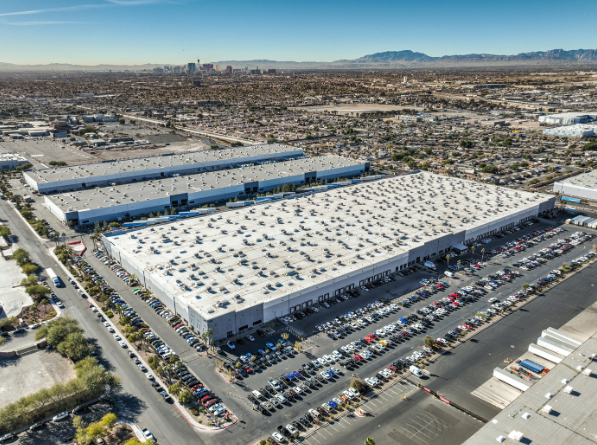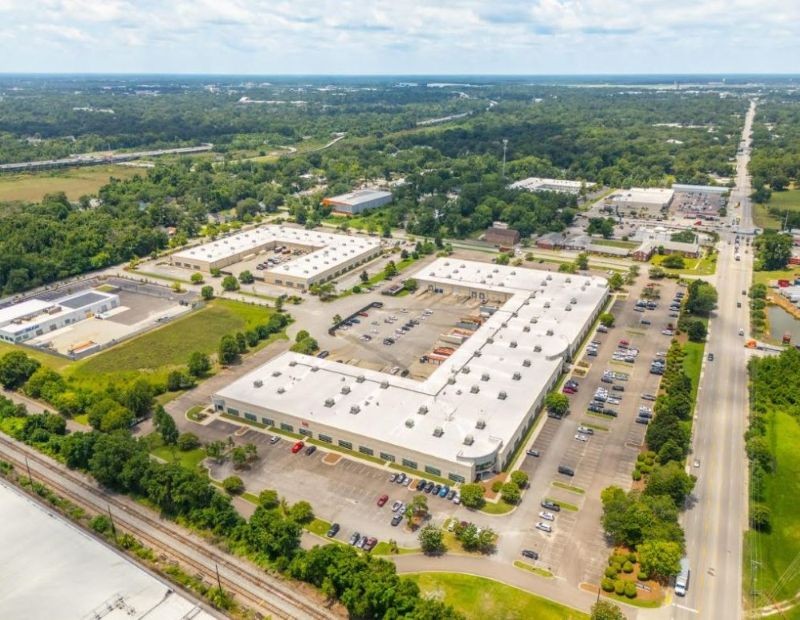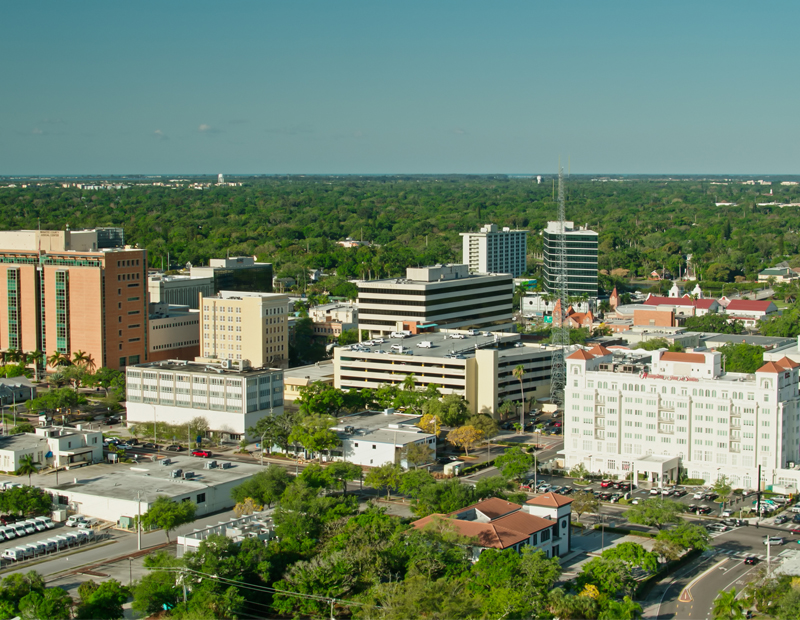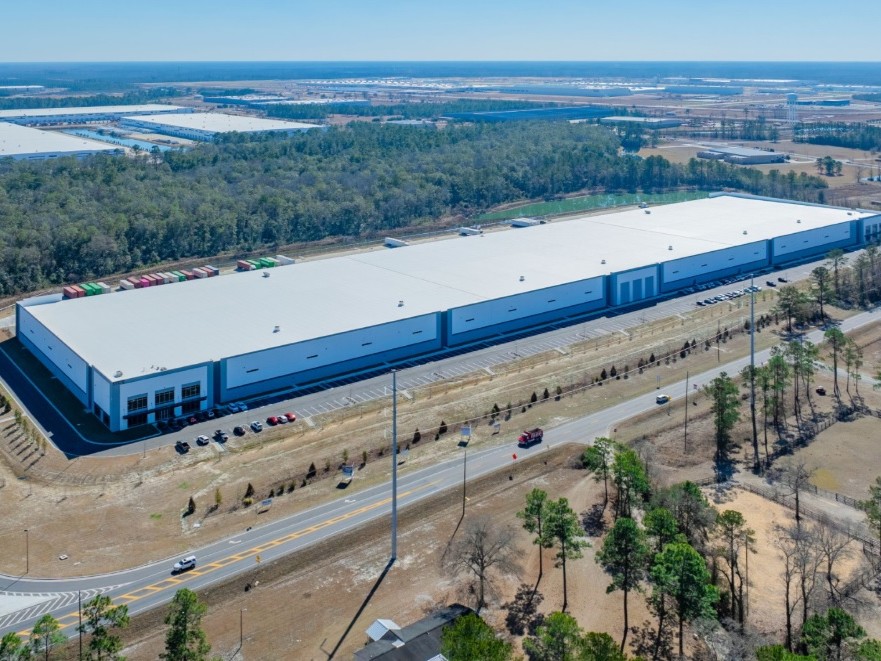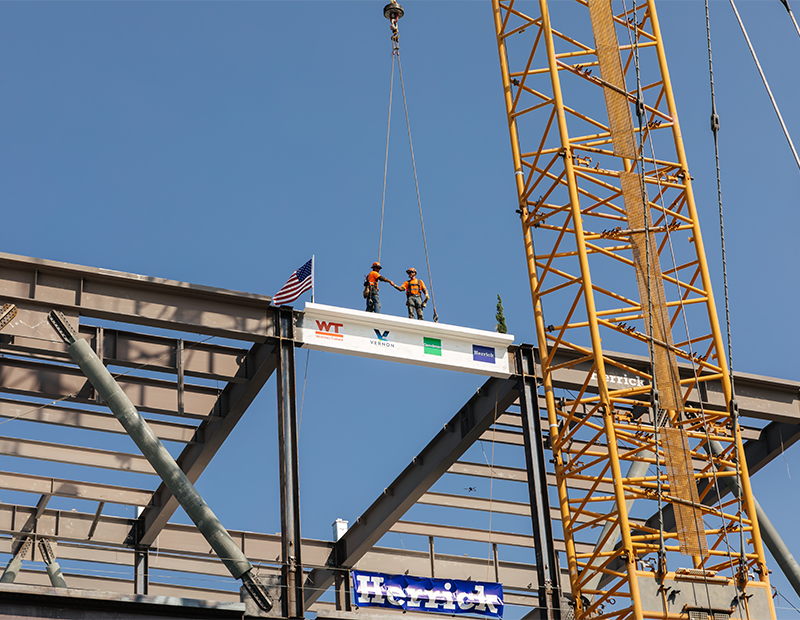State to replace Canton Viaduct
By Adrian Maties, Associate Editor The Maryland Transportation Authority (MdTA) plans to replace the heavily deteriorated Canton Viaduct, a mid-1950s elevated roadway. Although the MdTA has at least a half-dozen projects under way at the Harbor Tunnel, Fort McHenry Tunnel and [...]
By Adrian Maties, Associate Editor
The Maryland Transportation Authority (MdTA) plans to replace the heavily deteriorated Canton Viaduct, a mid-1950s elevated roadway. Although the MdTA has at least a half-dozen projects under way at the Harbor Tunnel, Fort McHenry Tunnel and Key Bridge, none comes even close to the $178 million price tag of the Canton Viaduct project.
The 3,500-ft, 1.1-km-long bridge is located on the north end of the Baltimore Harbor Tunnel. It carries 2 by 2 lanes of Interstate 895 over 19 port railroad lines, truck parking areas, several local streets and a couple of ramps of MD/I-95. The Canton Viaduct was built between 1955 and 1957 at a cost of $6.6 million. It is used by 36,000 drivers daily.
Right now, the old bridge is considered “structurally deficient.” The substructure is seriously rusting and has become unpaintable. The driving surface and the deck are separating due to moisture seeping in between and in many places concrete in columns and beams has long been cracking, exposing rebar to corrosion.
Following a recommendation from its engineering staff, the board of the Maryland Transportation Authority decided last month that the viaduct needs to be entirely replaced rather than rehabilitated. Rehabilitating the aging bridge would cost $167 million. A full replacement would cost only $11 million more. Also, building a new bridge will cause less traffic disruption and take four years to finish, instead of five years for a rehabilitation. Tolls collected at the Harbor Tunnel and at the state’s seven other toll facilities will pay for the new bridge. Taxpayers will be happy, motorists won’t.
Construction will be a great challenge. The I-895 viaduct goes under twin four-lane elevated roadways of I-95, the busiest traffic artery along the East Coast, at an oblique angle. But, no matter how complex the project, it can’t be postponed much longer.
The new bridge is expected to be safer, with wider shoulders and more space for police officers to pull over trucks before they enter the tunnel. Current plans call for three years of engineering, with bids to go out in spring 2014 and construction to begin late that year. When completed, the new bridge should be good for about 75 years.

